Click the "Details" link in each levels to show the details of the level.
After reading the explanations, choose the level that best reflects your proficiency level, and click "Take a test" to proceed to the level check test.
それぞれのレベルの「詳細」リンクをクリックして、説明をよく読んでください。
説明を読んで、レベルが自分にあっていると思ったら、「テストを受ける」をクリックして、自己診断に進んでください。
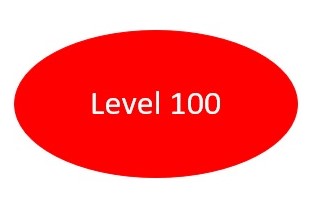
入門レベル (Introductory)
This level is appropriate for those who:
- Are studying Japanese for the first time, or those who have previously studied Japanese, but would like to start again from the beginning.
- There is no task for level 100.
このレベルは下記に該当する人が適しています:
- 日本語を初めて学習する人、または、少し学習したがもう一度最初からやり直したい人のためのレベルです。基本的な表現や文法をゼロから学習します。
- レベルチェックテストをする必要はありません。
No need to check.
レベルチェックテストは不要です
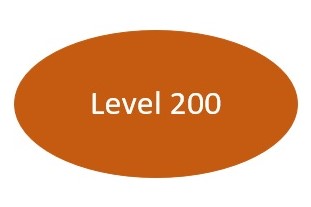
初級レベル (Beginner)
This level is appropriate for those who:
- Are A1 users of Japanese in CEFR scale
- Have successfully completed the first half of the beginner's course (for example, those who have completed texts such as “A New Approach to Elementary Japanese 1”, “Minna no Nihongo 1”, “Genki 1”, or “Yookoso 1”).
- Can make basic greetings and simple self introductions, but cannot hold long conversations.
- Can read and write all Hiragana and Katakana.
- Can read about 100 kanji.
このレベルは下記に該当する人が適しています:
- 日本語のCEFR能力記述でA1である人
- 初級日本語コースの前半(例:「A New Approach to Elementary Japanese 1」「みんなの日本語1」「げんき1」「ようこそ1」などの教科書)を終わったレベル。
- 日常のあいさつやかんたんな自己紹介はできるが、まだ長い会話を続けることは難しい。
- ひらがな・カタカナをすべて読み書きできる。
- 100字程度の漢字を読むことができる。
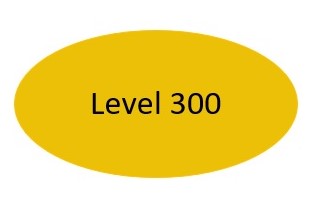
初中級レベル (Pre-intermediate)
This level is appropriate for those who:
- Are A2.1 users of Japanese in CEFR scale
- Have successfully completed the beginner's course (for example, those who have completed texts such as “A New Approach to Elementary Japanese 2”, “Minna no Nihongo 2”, “Genki 2”, or “Yookoso 2”).
- Can hold simple, everyday conversation and read and write simple sentences about familiar things.
- Can comprehend Japanese when it is spoken slowly and clearly, but have trouble understanding Japanese at a normal ret of speed.
- Can read about 200-300 kanji.
このレベルは下記に該当する人が適しています:
- 日本語のCEFR能力記述でA2.1である人
- 初級日本語コース(例:「A New Approach to Elementary Japanese 2」「みんなの日本語2」「げんき2」「ようこそ2」などの教科書)を終わったレベル。
- かんたんな日常会話や、身近な話題についての短い文章の読み書きができる。
- ゆっくりわかりやすく話してもらうと聞き取れるが、普通の早さの話を聞くのは難しい。
- 200~300字程度の漢字を読むことができる。
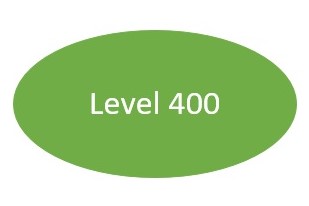
中級前期レベル (Intermediate)
This level is appropriate for those who:
- Are A2.2 or B1 users of Japanese in CEFR scale
- Have successfully completed the Intermediate course (for example, those who have completed texts such as “A New Approach to Intermediate Japanese”, or “Chuukyuu no Nihongo”)
- Can understand the main points of clear standard input on familiar matters regularly encountered in school, leisure, etc.
- Can deal with most situations likely to arise while living in Japan.
- Can produce simple connected text on topics which are familiar or of personal interest while using approximately 500 kanjis.
このレベルは下記に該当する人が適しています:
- 日本語のCEFR能力記述でA2.2からB1までの間である人
- 中級日本語コース(例:「A New Approach to Intermediate Japanese」「中級日本語」など)を終わったレベルです。
- 仕事や休日で普段出会うような身近な話題について標準的な話し方であれば主な内容を理解できる。
- 日本での生活で生じるたいていの事態に対応することができる。
- 500字程度の漢字を使いながら身近で個人的にも関心のある話題について一定の長さの文章が書ける。
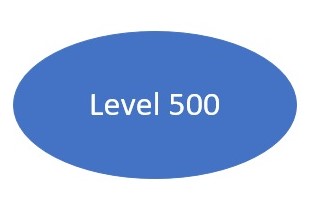
中級後期レベル (Upper-Intermediate)
This level is appropriate for those who:
- Are B1 users of Japanese in CEFR scale
- Can understand the various input on familiar matters usually encountered in school, leisure, etc.
- Can deal with different situations including unexpected ones that one encounters while in school and living in Japan.
- Can produce extended consistent text on topics of personal interest while using approximately 750 kanjis.
- Can describe experiences and events, dreams, hopes and ambitions and give reasons and explanations for opinions and plans.
このレベルは下記に該当する人が適しています:
- CEFR能力記述のB1レベル
- 学校や余暇などでのさまざまな会話が理解できる。
- 予期しないものも含めて学校や日本での生活で遭遇するさまざまな状況に対応することができる。
- 750字程度の漢字を使いながら関心のある話題についてある程度の長さの一貫した文章を書くことができる。
- 経験、出来事、将来の夢や希望やビジョンを話すことができる。自分の意見や計画について理由を述べたり説明したりすることができる。
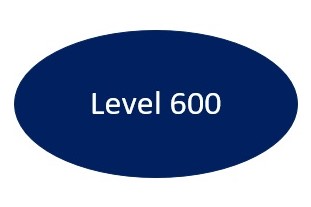
上級レベル (Advanced)
This level is appropriate for those who:
- Are B2 users of Japanese in CEFR scale
- Can understand the main ideas of complex text on both concrete and abstract topics, including technical discussions in his/her field of specialisation.
- Can interact with a degree of fluency and spontaneity that makes regular interaction with native speakers quite possible without strain for either party.
- Can produce clear, detailed text on a wide range of subjects and explain a viewpoint on a topical issue giving the advantages and disadvantages of various options while using approximately 1000 kanjis.
このレベルは下記に該当する人が適しています:
- CEFR能力記述のB2レベル
- 自身の専門領域の話題を含めて、具体的及び抽象的な複雑なテクストの主要点を理解することができる。
- 相互にストレスのない形で、十分に流暢かつ積極的に参加して母語話者と通常の相互行為ができる。
- 1,000字程度の漢字を使いながら、広範なテーマについて詳細な議論が書ける。また、課題に関してさまざまな選択肢の利点や不利点を挙げながら見解を述べることができる。
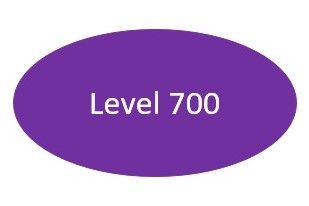
超上級 レベル (Upper-Advanced)
This level is appropriate for those who:
- Are C1 users of Japanese in CEFR scale
- Can understand a wide range of demanding, longer texts, and recognise implicit meaning.
- Can express him/herself fluently and spontaneously without much obvious searching for expressions.
- Can use language flexibly and effectively for social, academic and professional purposes.
- Can produce clear, well-structured, detailed text on complex subjects, showing controlled use of organisational patterns, connectors and cohesive devices while using approximately 1,250 kanjis.
このレベルは下記に該当する人が適しています:
- CEFR能力記述のC1レベル
- いろいろな種類の高度な内容のかなり長いテクストを理解することができ、含意を把握できる
- 言葉を探しているという印象を与えずに、流暢に、また自然に自己表現ができる。
- 社会的、学問的、職業上の目的に応じた、柔軟な、しかも効果的な言葉遣いができる。
- 1,250字程度の漢字を使いながら、複雑な話題について明確で、しっかりとした構成の、詳細なテクストを作ることができる。その際テクストを構成する軸や接続表現の用法をマスターしていることがうかがえる。